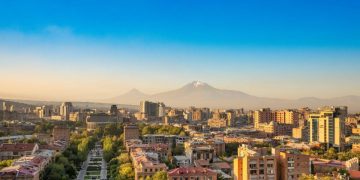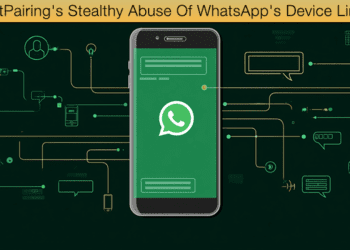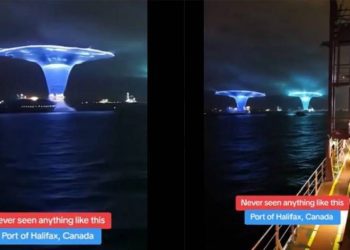TONIGHT could offer you another glimpse of the Northern Lights – with the Met Office revealing the best spots to see them.
The Northern Lights will be visible across parts of the UK again tonight after the rare phenomenon was spotted earlier this year.

The aurora borealis, also known as the northern lights, above Arthur's Seat and Salisbury Crags in Edinburgh[/caption]

The Northern Lights in Minster on Sea, Kent[/caption]

The Met Office is predicting a return this evening[/caption]

The best time to see the display will be around midnight[/caption]
Strong geomagnetic storm conditions are forecast in the Northern Hemisphere, including parts of the UK.
This may result in aurora displays down to Northern Ireland, northern England and similar geomagnetic latitudes, albeit impeded by the near-full moon and limited hours of darkness, the Met Office said.
The weather agency's forecast states the celestial display is expected to last until midnight.
The best conditions to view the Northern Lights is when the sky it is dark and there are no clouds.
However, current forecasts show large parts of the country should expect clouds into the evening.
“Ideally, the lights will be best viewed away from any light pollution, in remote areas, facing the northern horizon – north facing coasts produce some of the best viewing locations,” the Met Office says on its website.
“Predominantly the Northern Lights are best witnessed in Scotland, North England, North Wales and Northern Ireland. However, under severe space weather conditions, the lights can be seen throughout the UK.”
Space weather expert Dr Tamitha Skov said on social media platform X: “The window for arrival starts early July 24.
“Likely the storm will be fashionably late, due to slow solar wind 'traffic' & an additional glancing storm blow ahead of it.”
She added that the geomagnetic conditions are likely to reach G1 to G2 levels.
It comes after a storm in May measured at G5, which is considered extreme and the strongest level of solar storm.
The cause of this storm was a “large, complex” sunspot cluster, 17 times the diameter of the Earth.
It caused power outages in Sweden, Professor Carole Haswell told the BBC Radio 4 Today Program at the time.
Prof Haswell said: “A lot of the satellites communicate using radio signals.
“All of these charged particles speeding around disrupt radio signals, particularly GPS which is used by planes.
“It can cause navigation problems, it can cause outages with satellites, it can bring down power systems.
“The last big G5 storm caused a power outage in Sweden and I haven't heard of anything happening this time yet.
“Hopefully people have designed in sort of redundancies into their systems so that they can actually weather this sort of space weather.”
Prof Haswell also revealed how different colors within the aurora are formed.
She said: “Green comes from oxygen which is about 80 to 250 miles above the earth's surface.
“The purple, blue and pink comes from nitrogen and when you get a very strong aurora sometimes you see a sort of scarlet red.
“That comes from oxygen which is higher in the earth's atmosphere, at an altitude of about 180 miles.”
Aurora displays occur when charged particles collide with gases in the Earth's atmosphere around the magnetic poles.
In the northern hemisphere, most of this activity takes place within a band known as the aurora oval between 60 and 75 degrees north.
When activity is strong, this expands to cover a larger area – which explains why displays can occasionally be seen as far south as the UK.
The last storm with a G5 rating hit Earth more than 20 years ago in October 2003.
What are the Northern Lights?
Aurora displays occur when charged particles collide with gases in the Earth's atmosphere around the magnetic poles.
In the northern hemisphere, most of this activity takes place within a band known as the aurora oval, covering latitudes between 60 and 75 degrees.
When activity is strong, this expands to cover a larger area – which explains why displays can occasionally be seen as far south as the UK.
The visibility of the Northern Lights was increased on Friday because of an “extreme” geomagnetic storm, according to the US National Oceanic and Atmospheric Administration (NOAA).
The phenomenon appears as beautiful dancing green and purple ribbons of light that have captivated people for millennia.
































